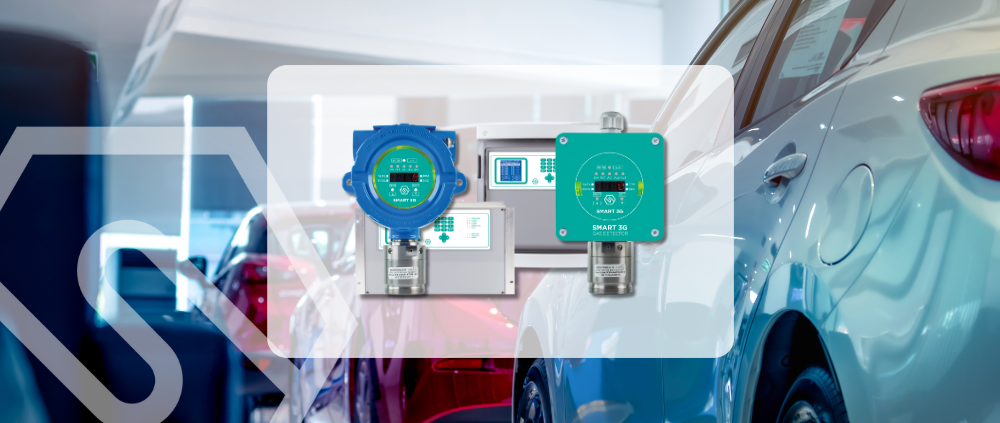In the automotive sector, technological innovation is not limited to propulsion or design: environmental safety and the protection of people are also taking centre stage in the development of vehicles and related infrastructure. Gas detection, in this context, is a crucial element in ensuring high standards of safety and sustainability.
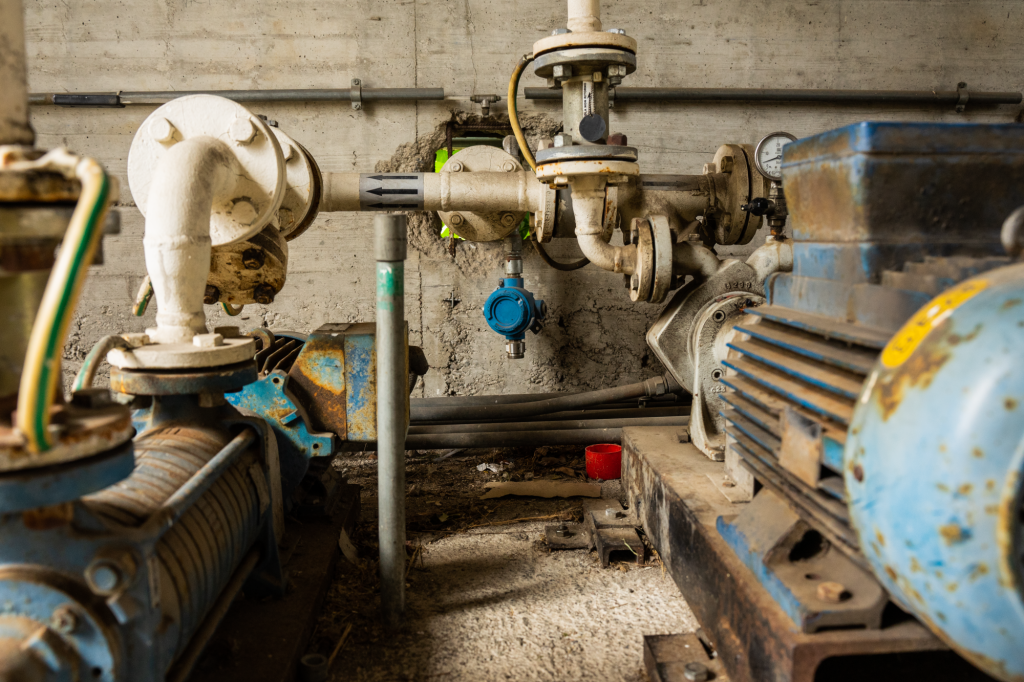
Automotive sector: why detect gas?
The increasing popularity of electric, hybrid, hydrogen and natural gas vehicles has introduced new challenges in chemical risk management. The presence of potentially explosive or toxic gases in environments such as:
- Mechanical workshops and service stations
- Road tunnels and underground car parks
- Vehicle production and testing lines
- Charging stations and alternative fuel distributors
requires reliable, accurate and safety-compliant detection systems.
Where gas-related risks are present
In the context of the automotive industry, gas detection is also crucial in environments such as:
- H₂ filling stations: hydrogen is highly flammable and requires constant monitoring to prevent leaks.
- Multi-storey car parks: the accumulation of CO and NO₂ can become dangerous in closed environments.
- Assembly lines: the testing of gas components requires real-time detection to prevent accidents.
Automotive sector: which technologies are used?
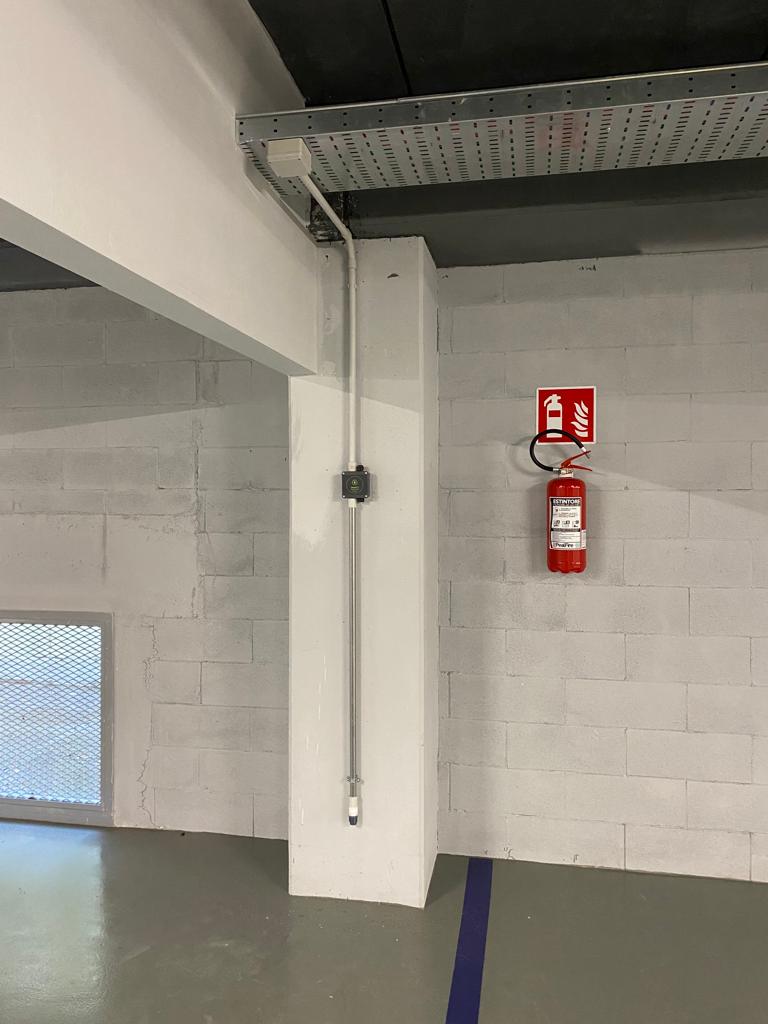
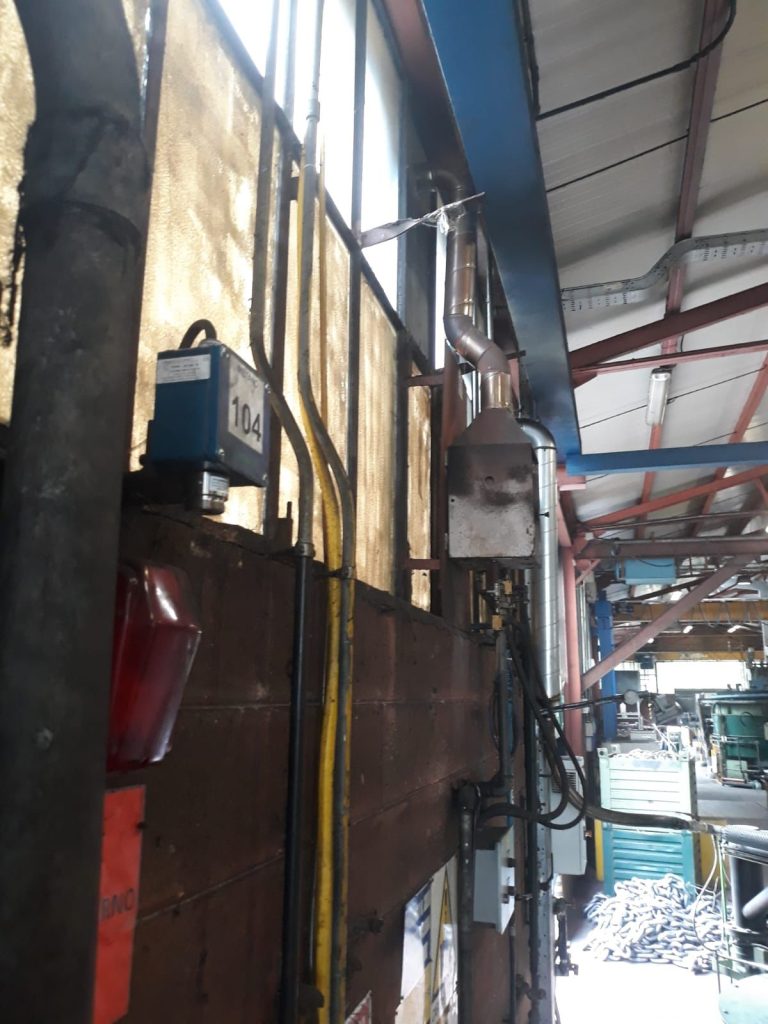
To ensure continuous and accurate monitoring, Sensitron employs various detection technologies, selected according to gas type, operating environment and regulatory requirements. The main technologies used include
- Catalytic sensors: ideal for the detection of combustible gases such as methane and LPG, they work by oxidising the gas on a heated element.
- Electrochemical sensors: suitable for the detection of toxic gases such as CO or NO₂, they guarantee high sensitivity and selectivity.
- Infrared sensors: perfect for industrial environments, they offer accurate and stable measurements over time, without the risk of sensor poisoning.
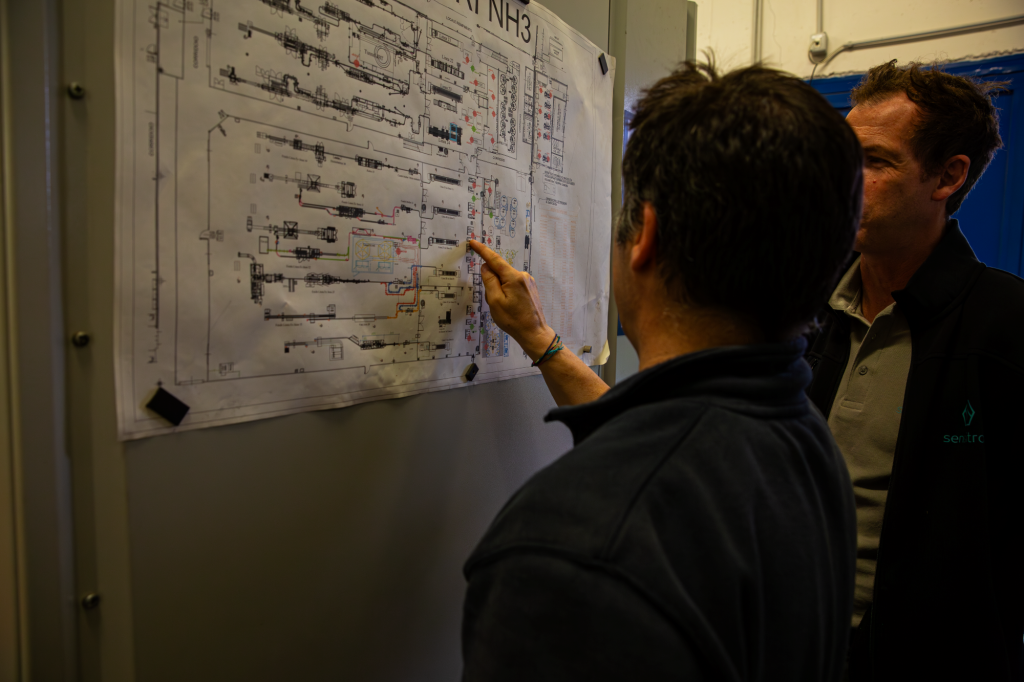
Why rely on Sensitron for the automotive sector
Sensitron designs and manufactures high-performance gas detection systems designed to integrate efficiently into automotive systems. Our solutions include:
- Detectors for combustible and toxic gases, such as methane (CH₄), LPG, hydrogen (H₂), carbon monoxide (CO), nitrogen dioxide (NO₂), among others.
- Modular and scalable systems, ideal for large workshops and industrial plants.
- Certified technology, compliant with ATEX directives and international standards.
With over 36 years of experience in gas detection, we offer a complete range of solutions designed to last, easy to install, maintain and integrate into existing management systems. Our aim is to support the safety of people and the protection of environments, contributing to the development of safer and more sustainable mobility.
Discover our produtcs
Sensitron gas detectors are suitable for use in any application:
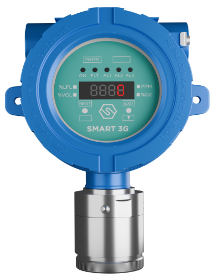
SMART 3G D2
Suitable for detecting flammable substances, toxic gases, refrigerants and oxygen in classified areas.ATEX, IECEx and SIL2/3 certified.
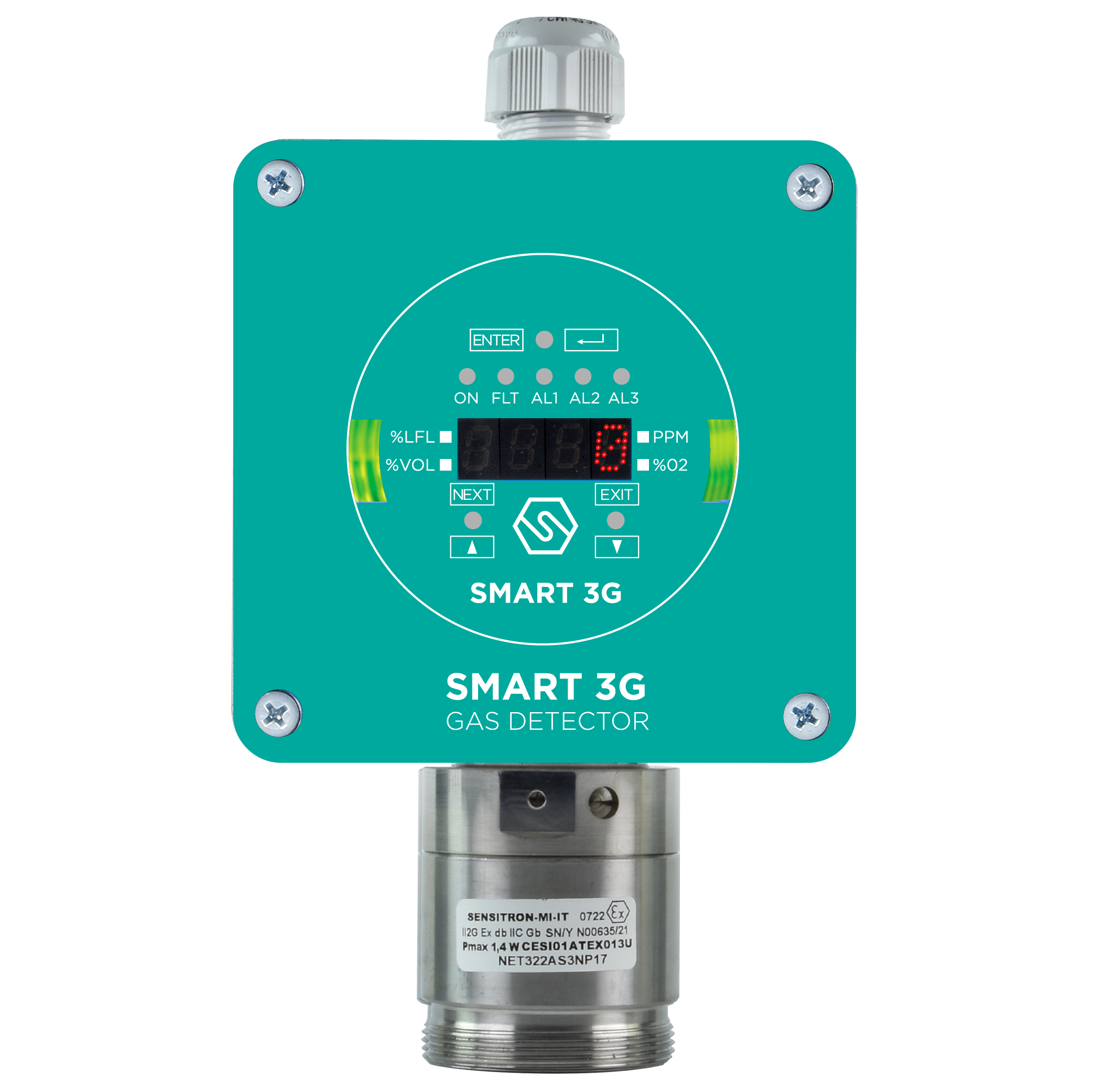
SMART 3G D3
Suitable for gas detection in classified areas, ATEX, IECEx and SIL2/3 certified, allows for non-intrusive field calibration.
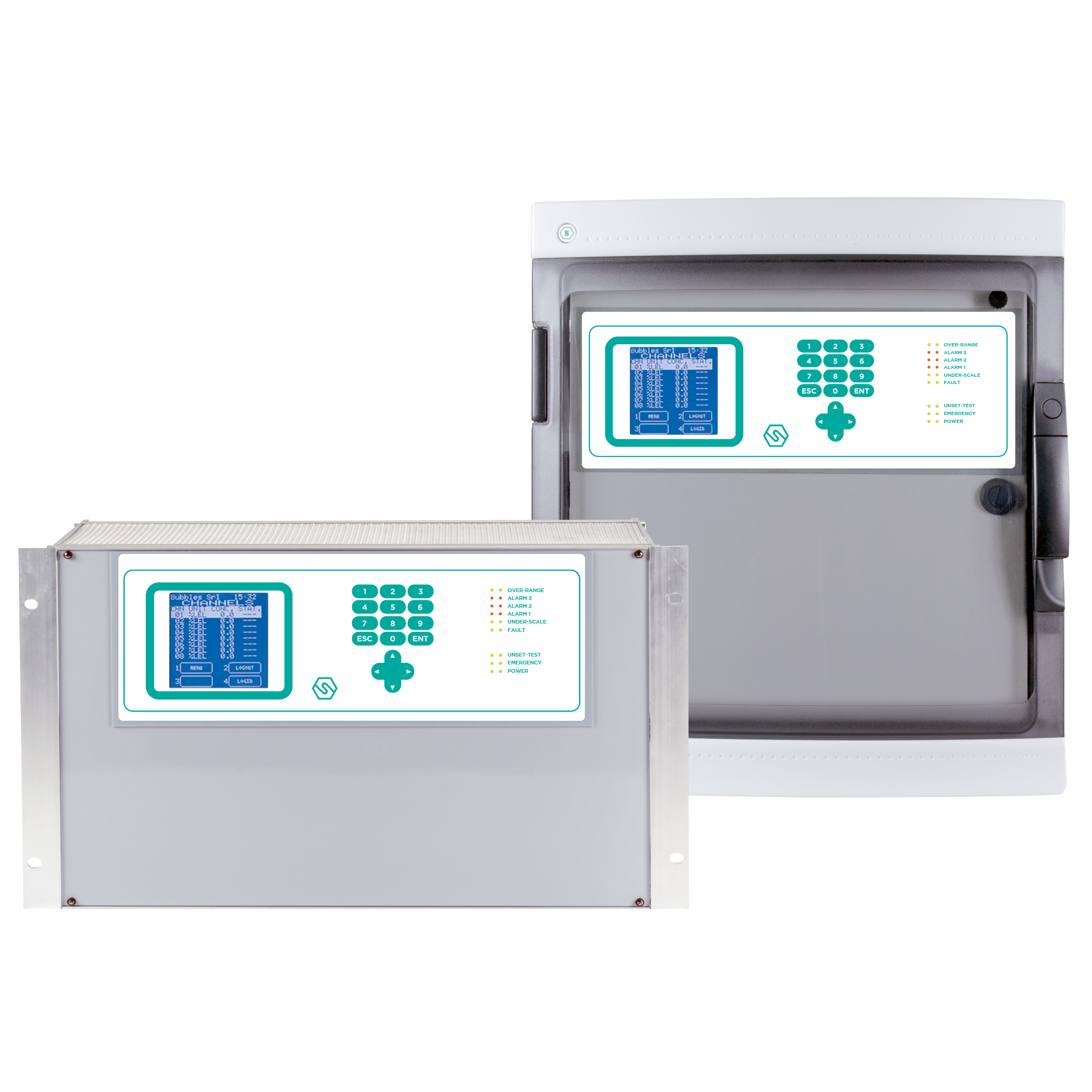
MULTISCAN++ S1/S2
Designed to meet the widest market demand for flexibility, they allow the management of up to 264 detectors. ATEX and SIL certified.
Our certifications
In hazardous environments where strict safety standards must be met, it is important to use products that are certified and in line with regulations. Discover our certifications:
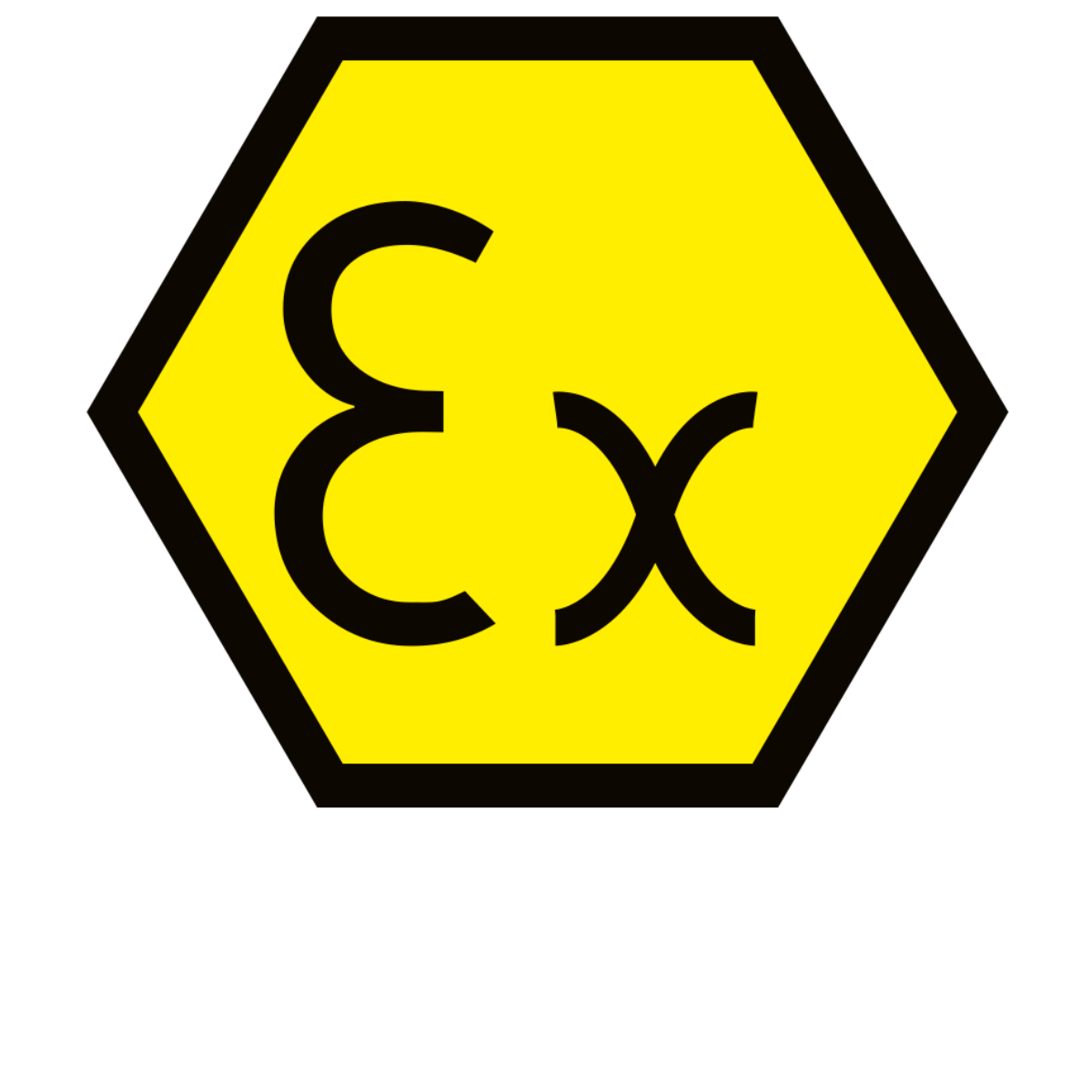
ATEX
The Directive sets out the requirements and assessment of equipment intended for use in potentially explosive atmospheres.
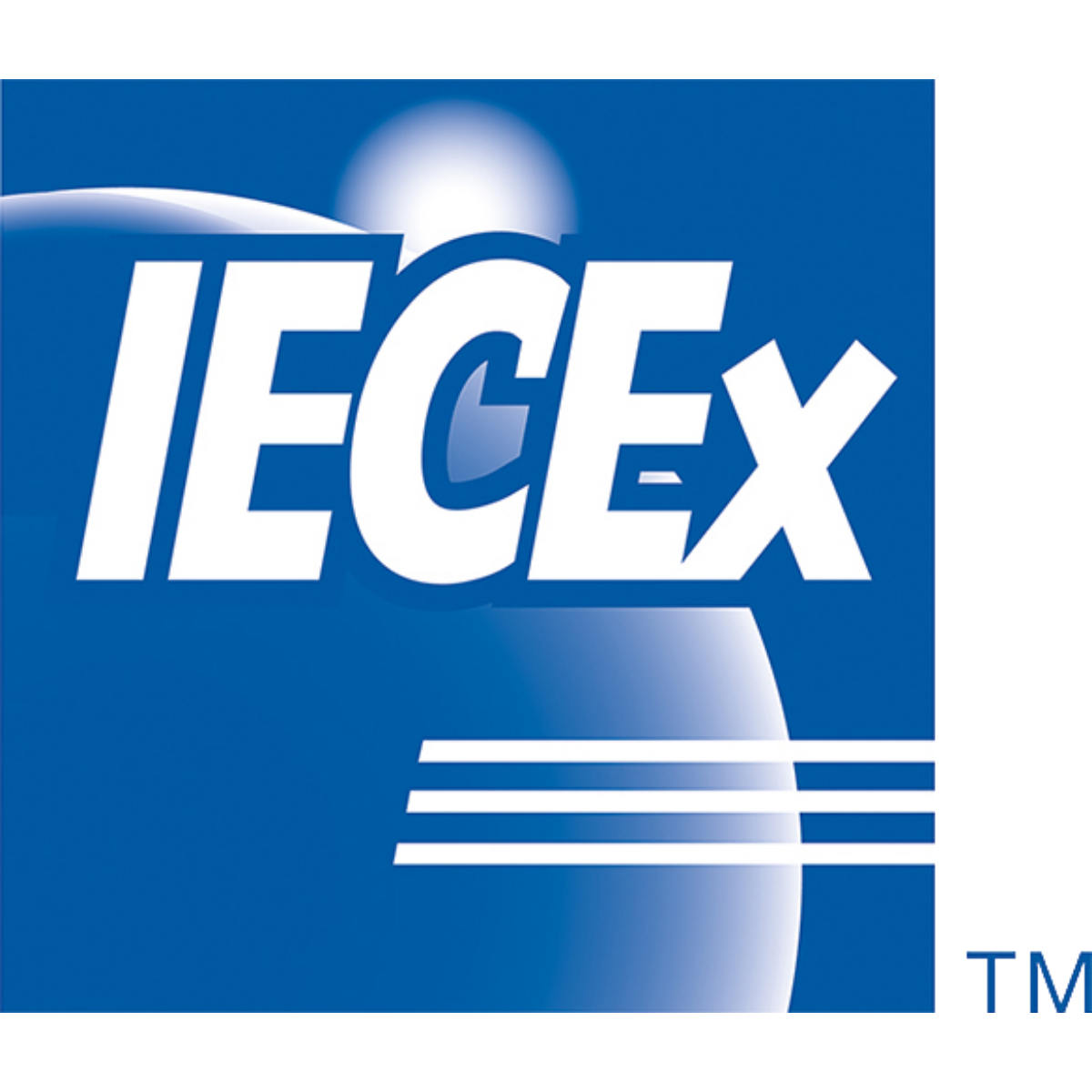
IECEx
The IECEx system is an international certification system. It is developed by the International Electrotechnical Commission.

SIL
The Safety Integrity Level (SIL) is the ability to reduce the assessed risk by ensuring the reliability of safety systems.
